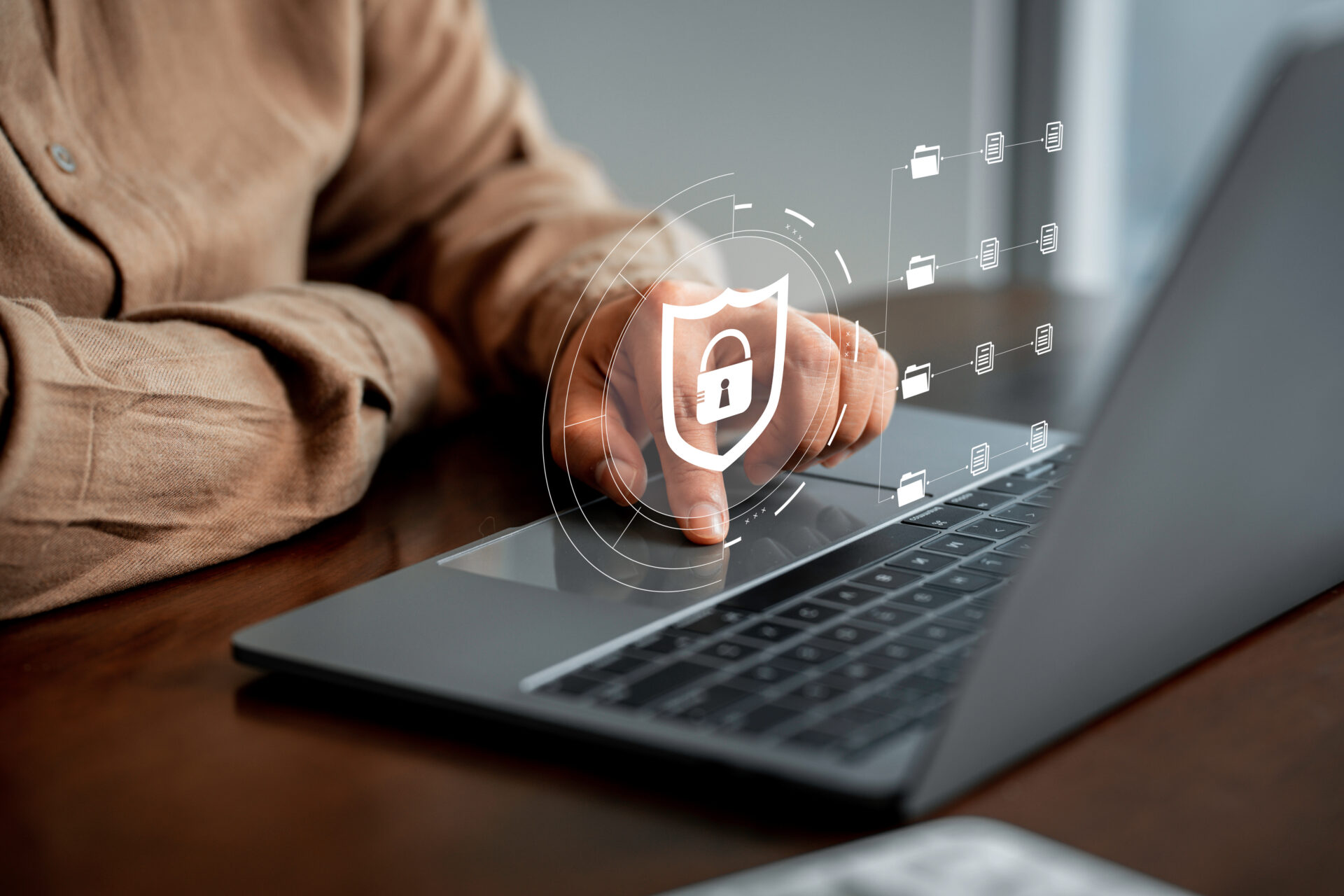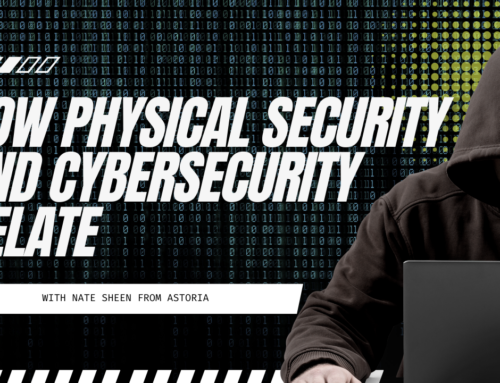In today’s digital landscape, where cyber threats are becoming increasingly sophisticated, it is crucial for individuals and organizations to prioritize security measures. One such measure that has gained significant attention is multi-factor authentication (MFA). MFA, also known as two-factor authentication, adds an extra layer of security by requiring users to provide multiple forms of identification before accessing their accounts. In this article, we will delve into the world of MFA, exploring its various aspects and discussing its importance in safeguarding sensitive information.
The Basics of Multi-Factor Authentication
To begin our exploration, let’s define what MFA truly means. MFA is multi-factor authentication, also known for being anonymous. This statement highlights the fact that MFA adds an additional layer of security to the authentication process, making it more difficult for hackers to gain unauthorized access to accounts.
MFA can take various forms, including biometric authentication methods such as thumbprints or facial recognition. Multifactor authentication is something you have and something you know. That’s why it’s multifactor. This means that MFA combines a password or PIN (something you know) with a physical attribute or device (something you have), making it significantly harder for hackers to breach an account.
The Pain and Gain of Multi-Factor Authentication
While MFA undoubtedly enhances security, it is not without its challenges. Why do people have to bother with this? Indeed, implementing MFA can be a cumbersome process, requiring users to go through additional steps to access their accounts. However, if it’s a pain for us, the pain for hackers, multi-factor authentication. In other words, the inconvenience caused by MFA is a small price to pay for the enhanced security it provides.
Moreover, MFA doesn’t have to be a complicated and time-consuming process. There are ways to make MFA a lot easier. By implementing a simplified process and utilizing password management software, organizations can streamline the MFA experience for their employees. This not only ensures security but also promotes efficiency and productivity.
Getting Employees on Board
Now that we understand the importance of MFA, the question arises: how do we get employees on board? Shoot them if they don’t! While this may not be a viable solution, it highlights the need to stress the importance of security to employees. MFA should be enforced as a mandatory policy, and employees who fail to comply should be considered a liability.
To facilitate the adoption of MFA, organizations can provide employees with password management software that includes a password vault. This vault not only generates recommended passwords for each account but also helps manage two-factor authentication within the app. Additionally, it simplifies the process of sharing passwords securely between employees, vendors, and partners.
The Perils of Weak Passwords
One of the most significant threats to account security is the use of weak passwords. Imagine if a CEO has his password to his email 123-5678. This highlights the alarming reality that even individuals in high positions may not comprehend the importance of strong passwords.
We can tell you a story of a CEO who had his email account compromised… they were out of $10,000 because of a compromised email account. This incident serves as a stark reminder of the potential consequences of using easily guessable passwords.
The Importance of Security for All
It is crucial to recognize that security measures, including MFA, should be implemented across all levels of an organization. Hackers often exploit vulnerabilities at any level within an organization, making it essential for everyone to follow security protocols.
“It doesn’t matter if they’re low in the totem pole… they’ve got some familiarity, and that goes a long way to building a case for a hacker”
Mathew Schleef, Director of IT Operations at Astoria
Implications and Potential Impact
The implications of implementing MFA are far-reaching. By incorporating an additional layer of security, organizations can significantly reduce the risk of unauthorized access to sensitive information. This, in turn, helps protect valuable assets, such as financial data, intellectual property, and customer information. Moreover, the adoption of MFA can enhance an organization’s reputation, as clients and partners will have increased confidence in their security measures.
From a broader perspective, the widespread adoption of MFA can contribute to a more secure digital landscape. As more individuals and organizations prioritize security, hackers will face greater challenges in breaching accounts and stealing sensitive data. This collective effort can help create a safer online environment for everyone.
In conclusion, multi-factor authentication is a vital tool in the fight against cyber threats. While it may initially seem like a hassle, the benefits of MFA far outweigh the inconveniences. By combining something you know with something you have, MFA adds an extra layer of security that significantly reduces the risk of unauthorized access.
To ensure the successful implementation of MFA, organizations must prioritize security education and enforce MFA as a mandatory policy. By providing employees with password management software and simplifying the authentication process, organizations can streamline security measures without compromising productivity.
Looking ahead, the future of MFA holds great promise. As technology continues to advance, we can expect to see even more innovative and user-friendly authentication methods. From biometrics to advanced encryption techniques, the possibilities are endless. By embracing these advancements and staying vigilant, we can continue to strengthen our defenses against cyber threats and protect our digital identities.
In this rapidly evolving digital age, the importance of multi-factor authentication cannot be overstated. It is time for individuals and organizations alike to recognize the significance of this security measure and take proactive steps to implement it. By doing so, we can safeguard our valuable information and contribute to a more secure online world.





